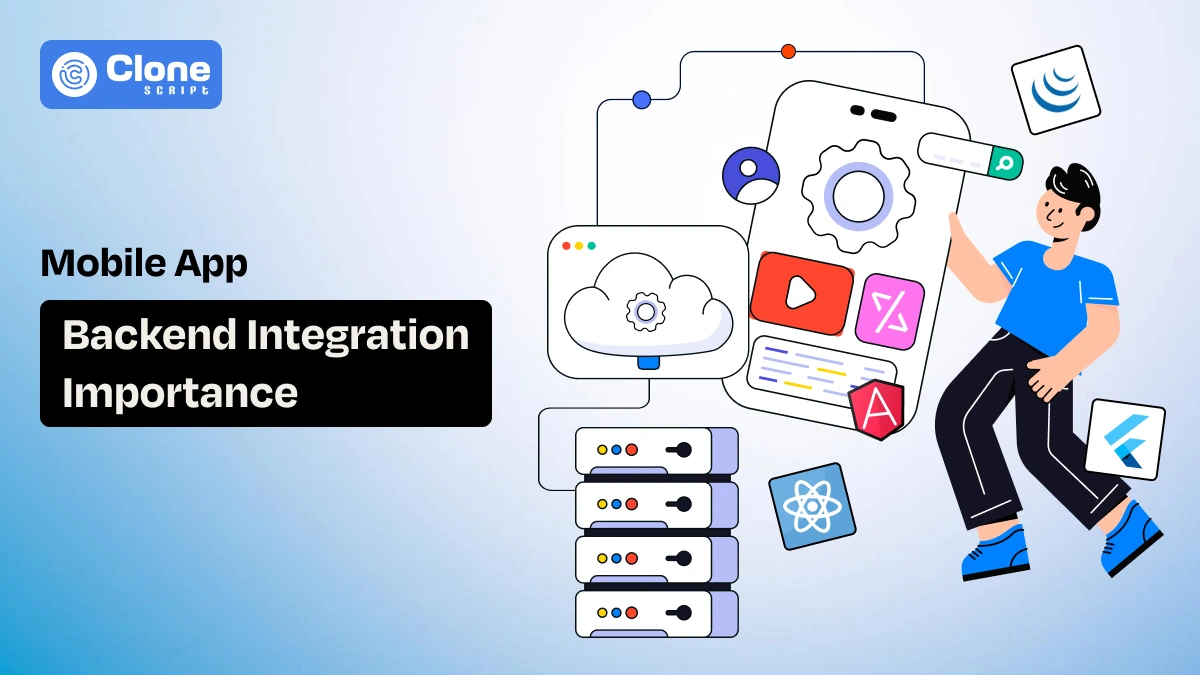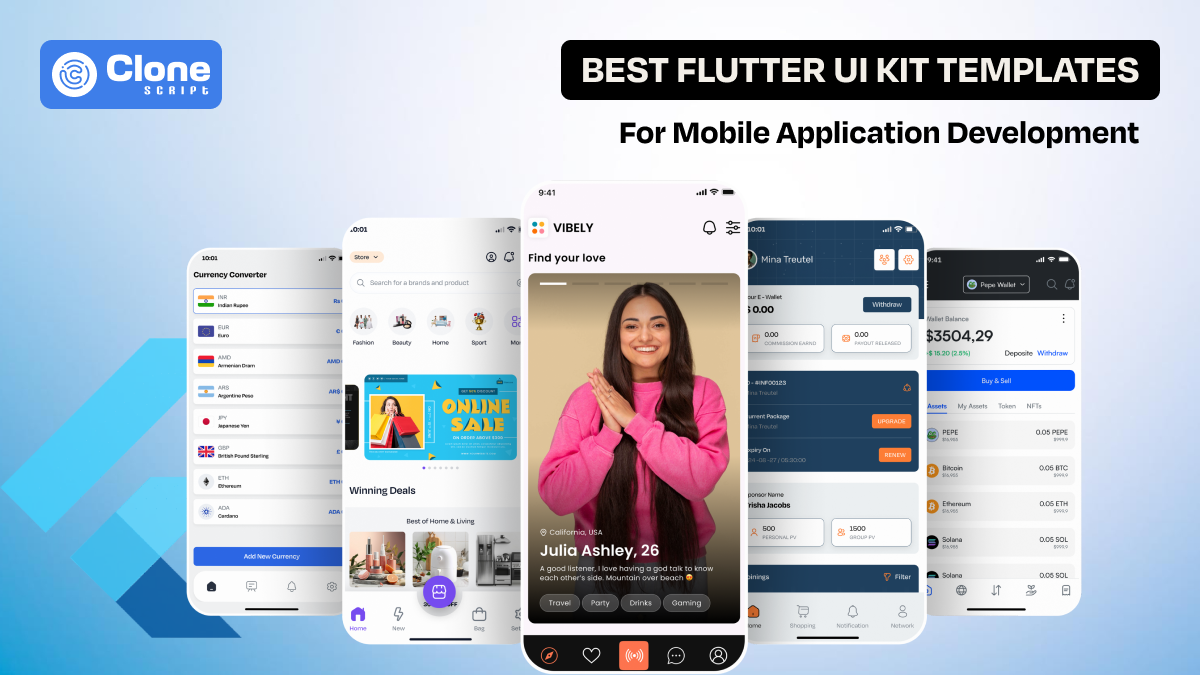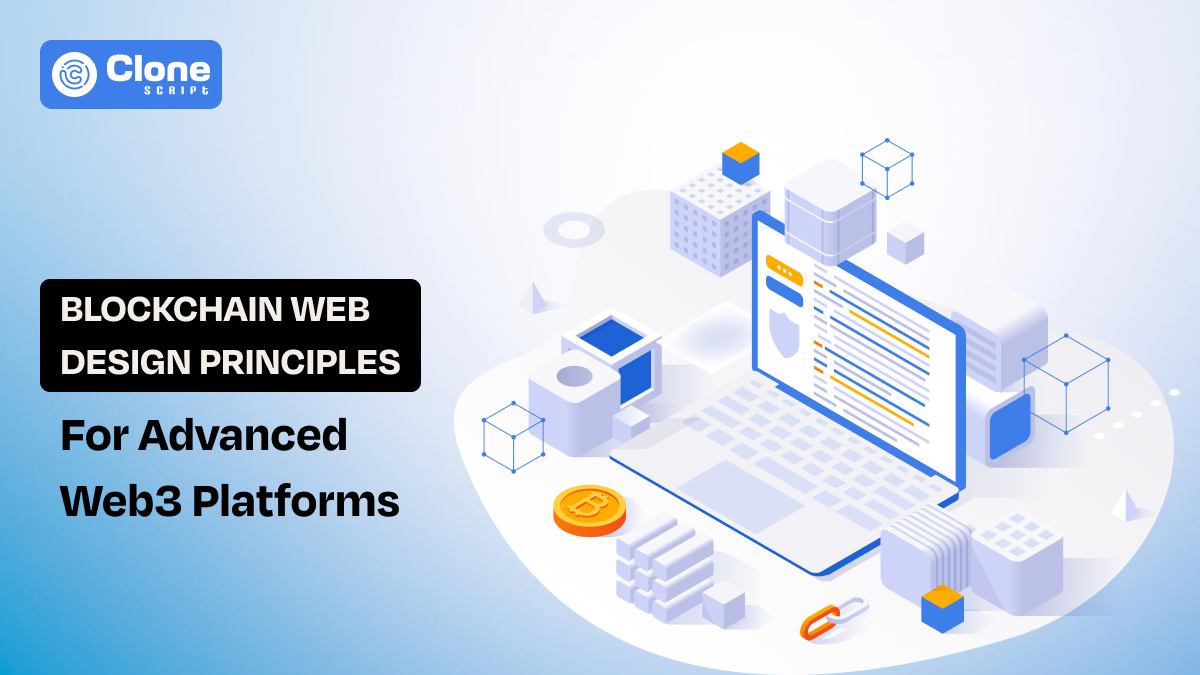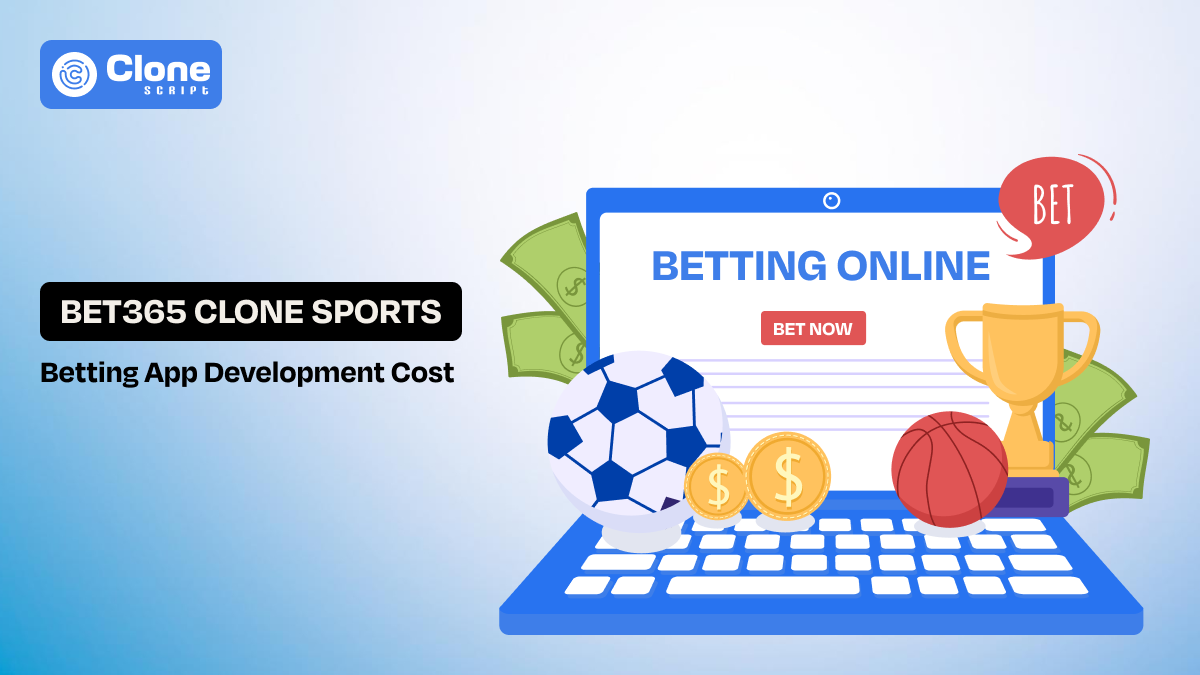Why is Backend Integration Important in Successful Business Mobile Apps
If you're a business owner planning to launch or upgrade your mobile app, there's a high chance you've heard the terms “backend integration” or “server-side development and integration.” It may sound technical, and it is. But understanding the role it plays could be the missing link between a good app and a truly successful one.
This article isn’t for developers. It’s for you, the entrepreneur, the decision-maker, the founder who wants to make smart tech choices without getting lost in the weeds.
We’ll break down backend integration in the simplest terms, explore why it’s essential, and how it directly contributes to your business app’s success.
What Is Backend or Server-side Integration in a Mobile App?
The backend is the part of your system that stores data, processes user requests, manages accounts, handles payments, and more. It connects to servers, databases, and third-party services like email platforms, CRMs, and inventory management tools. Backend integration simply means making sure all of this works together seamlessly with your mobile app.
Think of your mobile app as the tip of the iceberg. What users see and interact with the buttons, images, and forms is called the frontend app development. But all the real action happens underneath the surface. That’s where the backend development lives.
Why Should Business Owners Care About Backend Integration?
You might be thinking, “That’s great, but why does this matter to me?” Here’s why:
When your backend is properly integrated with your app, everything runs smoother for you and your customers. You get better performance, SECURE data, and more automation. Your users get faster, more reliable service. And ultimately, you get better ROI from your mobile strategy.
Let’s understand it in detail.
1. Smooth User Experience = Higher Retention
A smooth, reliable experience means users are more likely to return, stay engaged, and convert.
No one likes an app that crashes, lags, or fails to load content. Server-side system integration plays a direct role in check your app communicates with your database and servers in real-time.
Whether your users are booking appointments, placing orders, or chatting with support, its integration makes all work without delays.
2. Real-Time Data That Empowers Business Decisions
Imagine you’re running a food delivery app. Without backend integration, your customer might place an order only to find out the restaurant is closed or out of ingredients. That’s a deal-breaker.
Backend integration ensures that your app is always pulling live data from your inventory, availability, pricing, and scheduling tools. For you as a business owner, this also means you can monitor activity, analyze trends, and make informed decisions, all from a central dashboard.
It means Real-time data = Real-time control.
3. Automation That Saves Time (and Costs)
Manual processes kill productivity. Server-side app integration helps automate key business functions, sending order confirmations, tracking shipments, updating user profiles, and more.
Assume that you have a fitness studio for 200 people. But you can’t handle their training and measuring their workout single-handedly. However, with a fitness mobile app and backend integration, you can know their workout, progress, email a summary, and recommend the next session. All has been done without you lifting a finger.
The result? You save hours on operations and customer support, while still delivering a personalized user experience.
4. Scalability to Support Your Growth
Many business owners hit a wall when their app grows faster than their system can handle.
The scalable backend integration with your mobile app keeps running the application effortlessly as you expand your user base, add new features, or enter new markets.
All without any interruption and pop-up message of “Sorry, we’re facing some issue, please try again later.”
A well-integrated backend is built to handle increasing traffic, data loads, and complex workflows. So your app grows with your business, not against it.
5. Seamless Integration with Third-Party Services
Today’s business apps don’t exist with a single tool. You might want to connect your app to tools like:
-
Payment gateway integration, like Stripe or PayPal.
-
For email marketing automation, Mailchimp is useful.
-
For customer relationship management, prefer Salesforce or HubSpot.
-
To offer your service for the real-time location of users, Google Maps integration is required.
In short, integration with essential third-party services gives flexibility to your app without problems.
6. Enhanced Security and Compliance
User data is your responsibility, and mishandling it could destroy trust or even lead to legal issues.
App’s integration with backend manage sensitive data (like passwords, payment info, and personal details) is stored securely, encrypted, and compliant with regulations like GDPR or HIPAA.
For business owners, this means peace of mind. You can focus on growing your app without worrying about hidden security risks.
7. Personalization that Drives Engagement
Today’s users expect apps to “know” them. Backend integration allows you to deliver personalized experiences based on a user’s history, preferences, or behavior.
Example: A user opens your e-commerce app, and instead of seeing generic items, they see a curated feed based on their last purchase and browsing behavior. That level of personalization isn’t possible without server-side integration.
And it’s not just about sales. This works for learning apps, service booking, healthcare, and more.
8. Better Analytics and Customer Insights
You can't improve what you don’t measure. A backend-connected systems make your mobile app performance higher and gives you access to powerful analytics. This includes:
-
What features users love
-
Where do they drop off
-
How often do they return
-
How much do they spend
You can track metrics like:
-
Daily active users
-
Churn rate
-
Conversion rate
-
Average session duration
With these insights, you’re not flying blind. You can make smart, data-driven decisions that move your business forward.
In other words, this real-time picture of your app’s performance give you a clearance for which marketing efforts you need to improve the conversion rate or suggest where the changes are required in UX, for example.
Real-World Example: How One Business Got It Right
Let’s say you run a tattoo studio and invest in a simple front-end-ready mobile app. You aim to let users book appointments. If it isn’t backed by a well-integrated backend system for business apps, users might face issues like double-booking, missing notifications, or incorrect service fees.
Now, imagine you have an online tattoo booking app with backend integration:
-
Users see only available time slots
-
Appointments sync instantly with your artist's calendars
-
Users receive real-time updates and payment confirmations
-
You track reviews, cancellations, and revenue automatically
That’s not just a better app. That’s a better business.
What Happens If You Skip Backend Integration?
Skipping server-side system integration might save you money upfront. But it’s a costly mistake long-term.
Here’s what you risk:
-
Unreliable app performance
-
Disconnected user data
-
Manual work for you and your team
-
Poor customer experience
-
Slower time to market with new features
-
Security vulnerabilities
A poorly integrated app doesn’t just frustrate users. It reflects poorly on your brand. And in today’s digital-first market, your app is your brand.
Also, the backend development future suggests that the applications to be designed according to the latest technology like AI, ML, IoT, AR/VR, and NLP.
How to Get Started as a Business Owner?
You don’t need to understand every line of code. But you should ask the right questions when working with developers or tech partners:
-
What server-side system will we use (e.g., Firebase, AWS, custom server)?
-
Will the app support real-time data updates?
-
How do we handle user data securely?
-
Can we integrate with our CRM, payment gateway, or email tools?
-
Is the backend scalable if we grow rapidly?
Working with a development team that specializes in backend integration is important. They’ll not only build a solid technical foundation, but also align it with your business goals.
Final Thoughts
Your mobile app may be what your customers touch, but the backend is what keeps it alive. It’s the beating heart of your mobile experience. When integrated properly, it helps your app to do more, faster, smarter, and safer.
So if you're serious about building a mobile app that drives results for your business, server-side integration isn’t a technical afterthought. It’s your secret weapon.
Whether you're building a marketplace, service app, or e-commerce platform, investing in a solid backend is what separates forgettable apps from the ones customers love and trust.
Need help building an app with solid backend integration?
Our team specializes in creating business-friendly apps that work seamlessly across the frontend and backend, without overwhelming you with tech talk.
Contact us today to bring your mobile app vision to reality. Book a free consultation to see how backend integration can level up your business app.
 BTC - Bitcoin
BTC - Bitcoin
 USDTERC20 - USDT ERC20
USDTERC20 - USDT ERC20
 ETH - Ethereum
ETH - Ethereum
 BNB - Binance
BNB - Binance
 BCH - Bitcoin Cash
BCH - Bitcoin Cash
 DOGE - Dogecoin
DOGE - Dogecoin
 TRX - TRON
TRX - TRON
 USDTTRC20 - USD TRC20
USDTTRC20 - USD TRC20
 LTC - LiteCoin
LTC - LiteCoin







